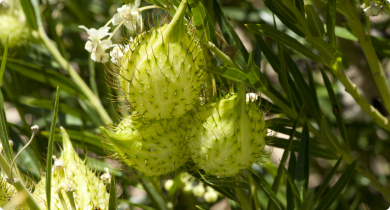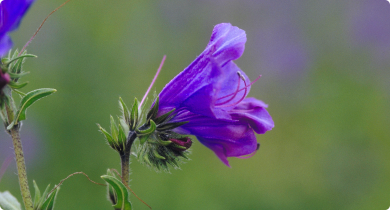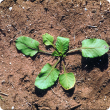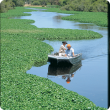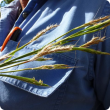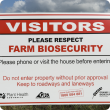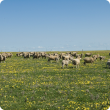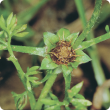Chemicals
Many primary producers in Western Australia rely on chemicals to protect their agricultural enterprises from pests, weeds and diseases. Chemicals provide many benefits to primary production but must be used responsibly to minimise the adverse effects associated with their use.
The Department of Primary Industries and Regional Development in conjunction with other state departments and federal authorities regulates the use of agricultural and veterinary chemicals to minimise risks to human health, the environment, animal welfare and trade.
Details about agricultural and veterinary chemical products registered for use in Western Australia can be sourced through the Australian Pesticides and Veterinary Medicines Authority.
Articles
Filter by search
Filter by topic
- (-) Remove Mechanical, physical and cultural filter Mechanical, physical and cultural
- Herbicides (7) Apply Herbicides filter
- (-) Remove Weeds filter Weeds
- Crops (3) Apply Crops filter
- Grains (2) Apply Grains filter
- Grains research & development (2) Apply Grains research & development filter
- Declared plants (2) Apply Declared plants filter
- Crop weeds (2) Apply Crop weeds filter
- Weeds of National Significance (1) Apply Weeds of National Significance filter
- Biological control (1) Apply Biological control filter
- Pastures (1) Apply Pastures filter

